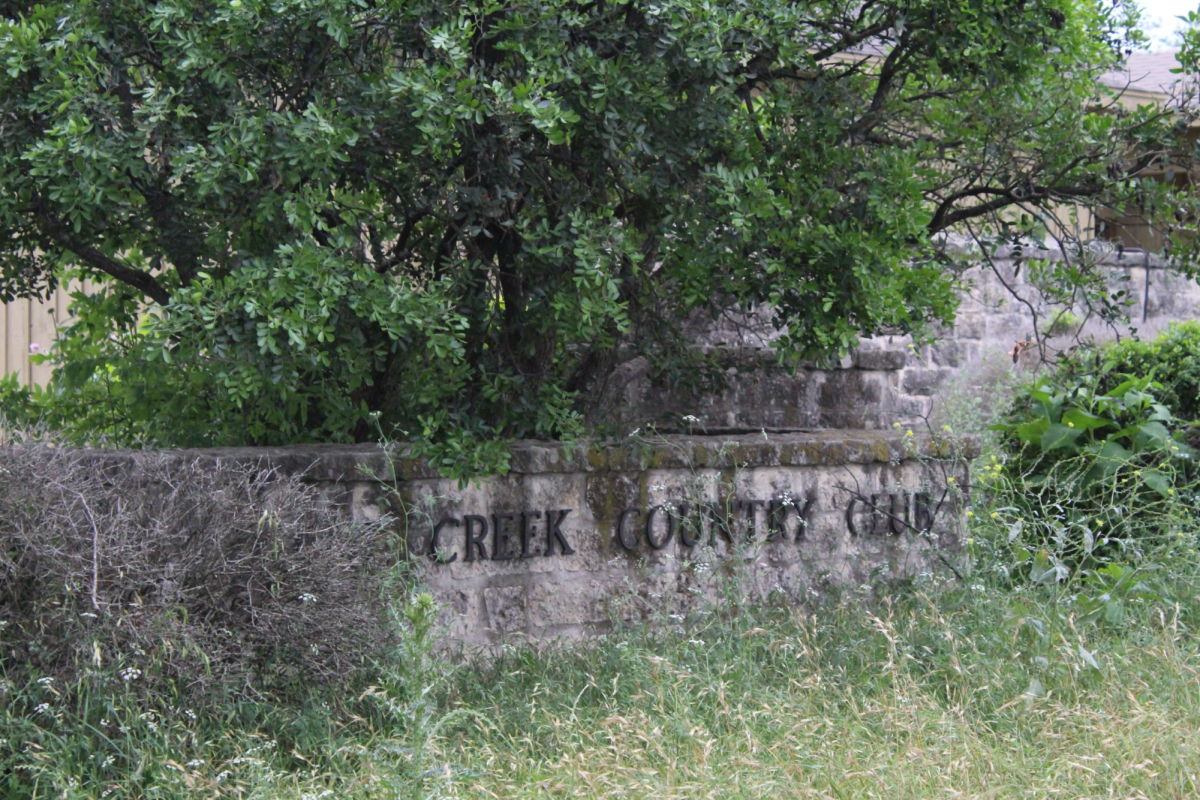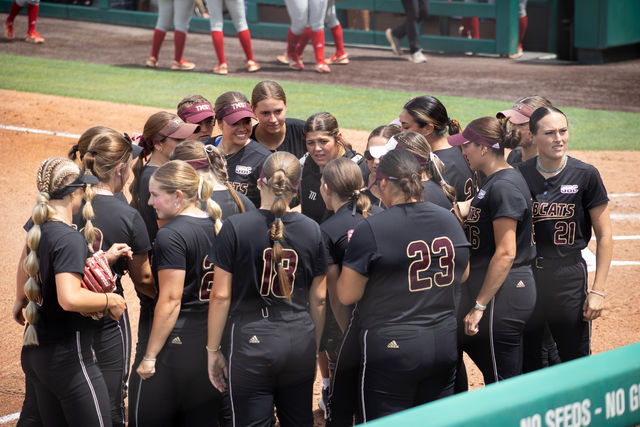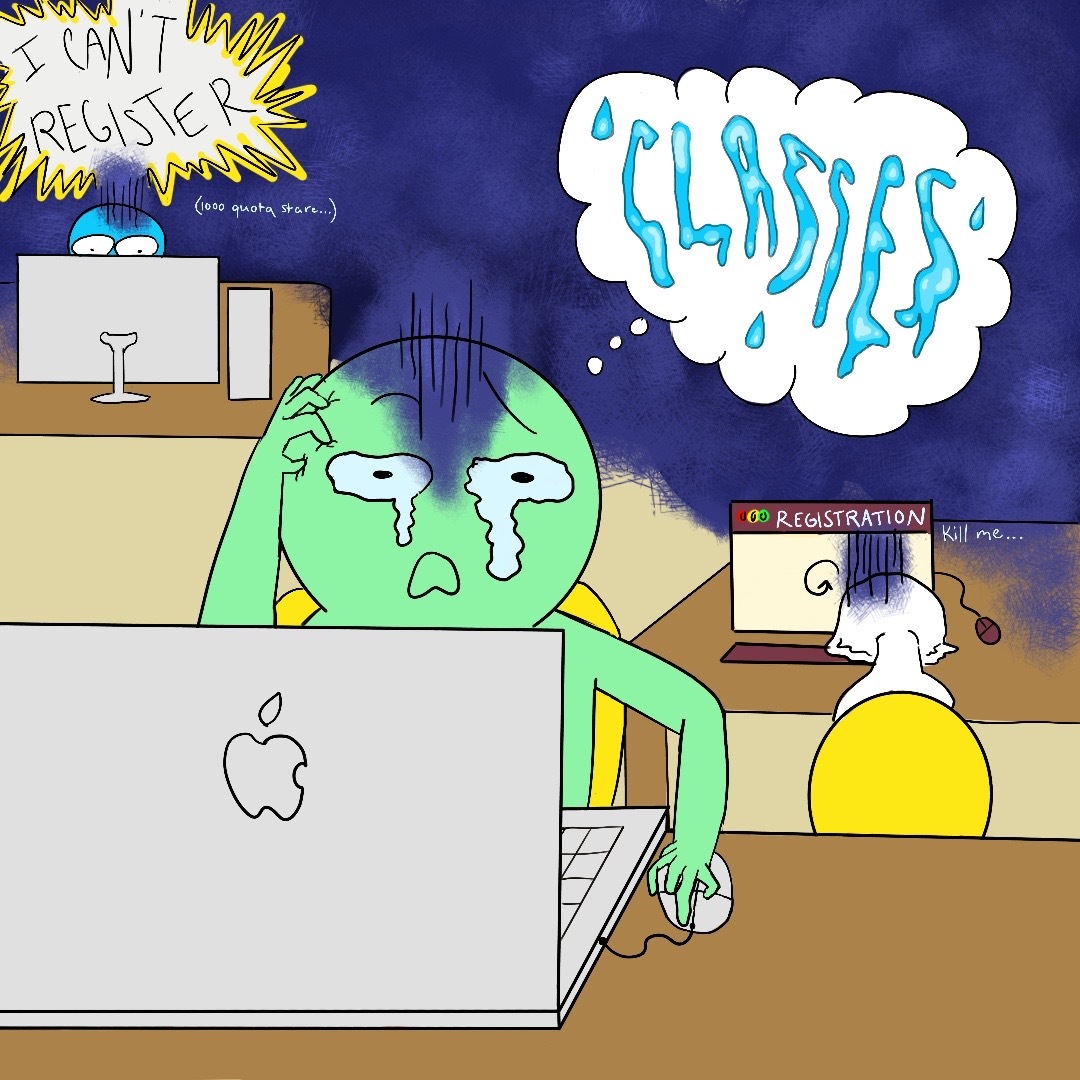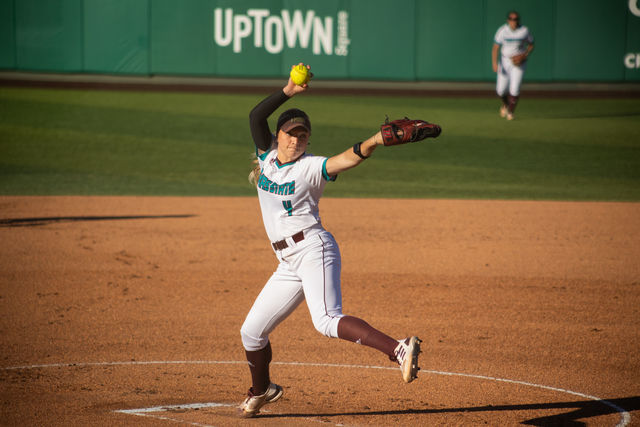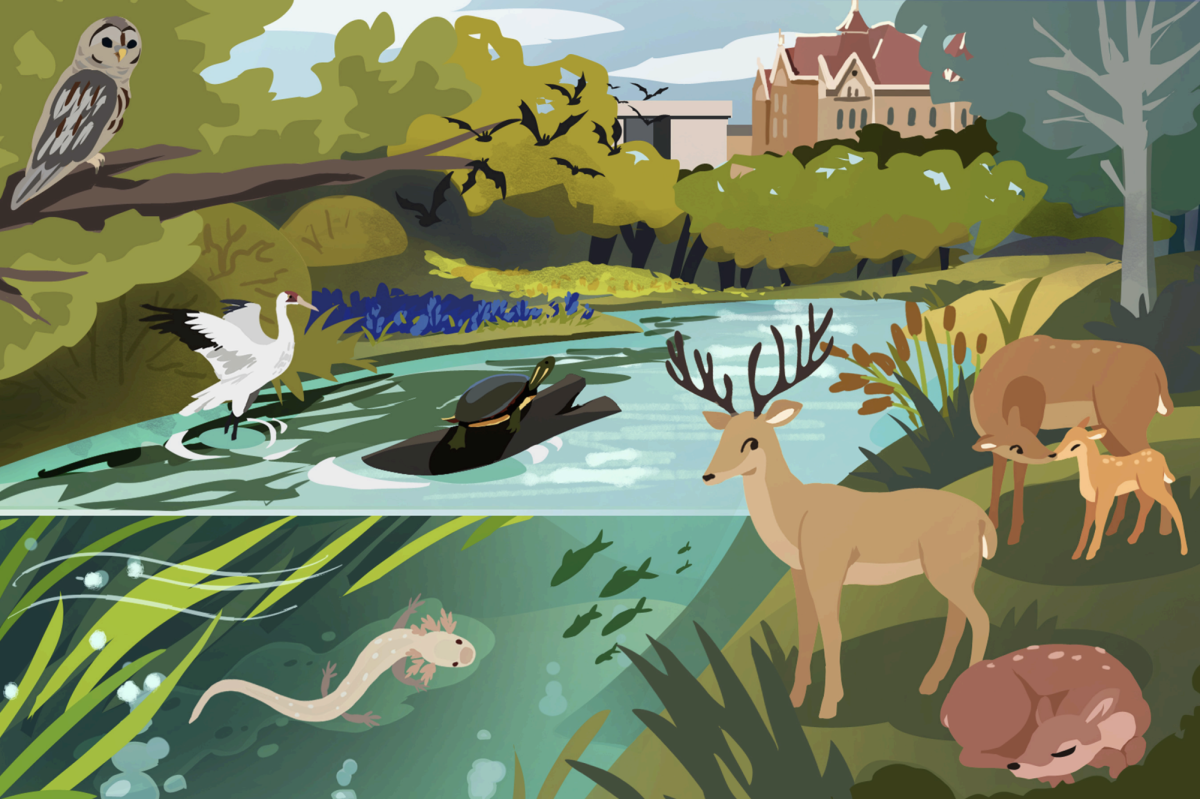Naomi Shihab Nye, Kali Fajardo-Anstine, Tim O’Brien. What do all of these names have in common? Each of these writers belongs to Texas State’s faculty and they’re some of the most valuable resources for the school’s English curriculum.
With writers of such a high caliber on Texas State faculty, it only makes sense that professors should be spotlighting their work on their syllabi. Encouraging students to be fluent in the works of their professors nurtures a more tightly-knit academic environment. Texas State professors should be teaching about Texas State writers.
Most literature classes tend to focus on the canon of works by long-gone famous writers. Of course, there’s value in learning about these well-established works as students are just beginning to dip their toes into the study of literature; they belong to the canon for a reason.
However, focusing solely on the most famous works produced can be a narrowing scope for students. It can be daunting to only read works with such a prestigious reputation, as their fame can often remove them from their reader.
Focusing on works produced by Texas State’s faculty proves that great work is closer to students than they might think.
Dr. Cecily Parks, poet and professor at Texas State, said she has experienced a similar feeling. Up until her time as an undergraduate in college, she had never seen a model of what her profession was supposed to look like.
“I had this image of the poet in my mind, and I think I didn’t have many examples of what a poet could look like or be,” Parks said.
Now, Parks is an award-winning poet with work published in various places. Before this, she said she felt intimidated by poetry when she took her first workshop class in college. It wasn’t until she met a poet, her professor, that she felt closer to poetry.
The academic industry can be a cutthroat business, especially in the humanities. Encouraging lecturers to focus on the work of faculty can offer writers more chances to get better recognition for their work.
“It’s not ever monetary for me,” Parks said. “My hope for my work is to find readers and there’s nothing more valuable, more gratifying for me in terms of my work as a poet than to find readers.”
This idea should not be limited to the humanities. Though literature classes might offer the easiest pathway to highlighting the work of faculty, there’s no reason professors in other departments shouldn’t get the same treatment.
Encouraging professors in the sciences to teach their research would provide students insight into what the process for real scientific experiments looks like. If math professors dedicate a unit to their specific niche while incorporating any articles they’ve published, students will learn what it means to practice math professionally.
This teaching approach could lead to a relationship where students and teachers conduct research together. Texas State offers resources for undergraduate students to conduct their own research, but positions as a research assistant observing a professor’s interest are limited. Schools like UT Austin, for example, offer various research assistant positions across multiple departments.
For years, educators have tried to view teaching as the creation of knowledge, contrary to the common view of teaching as a simple transaction of facts.
An article from Edutopia argued for a “different concept of instruction” that gave instructors and students a more active role in the classroom. Teaching personal research is a step down this path.
Professors should be able to dedicate a few classes to their current research and dive into the topics they’re passionate about. If one looks at all the classes Texas State has to offer, an overwhelming number of them teach the same material with a set curriculum. This hardly allows the professor to teach on a more specific subject they might be researching.
Giving professors the chance to personalize their curriculum allows both them and the students to grow closer to the material. This kind of specialized instruction greatly bolsters a flourishing academic environment.
Admittedly, there is a time and place for every department to teach the basic nuts and bolts of their field. Students need to learn their fundamentals before they can start approaching the more niche topics their professors specialize in.
Regardless, the best way to show students their chosen field in action is by showcasing their professors’ work. It incentivizes teachers to deeply engage with their field in and out of the classroom, and it offers students an example that wanders the same campus.
It could be argued that this kind of familiarity with a professor’s more specific research interests is more beneficial for students pursuing graduate degrees, as they show a more serious interest in the career path to. Still, why wait? Early exposure to a professor’s work would be invaluable to supplementing students’ education, and waiting for graduate school may be too late.
Parks said her early experiences with poetry were electric. That kind of reaction might never be sparked if students never meet a real-life example of the career they’re trying to foster. Offering local examples of practitioners could inspire students of any field of study.
“When we’re thinking about teaching people who might want to become writers themselves, there’s such a huge value in meeting the living, breathing writer,” Parks said.
It’s a special feeling, to know a life-changing poem was written by someone just down the hall, or simply to see your professor do exactly what you want to be doing in ten years. It’s a feeling that would greatly benefit our curriculum and academic environment, one we can’t afford to let go.
-Samuel Marentes is an English junior
The University Star welcomes Letters to the Editor from its readers. All submissions are reviewed and considered by the Editor-in-Chief and Opinions Editor for publication. Not all letters are guaranteed for publication.


